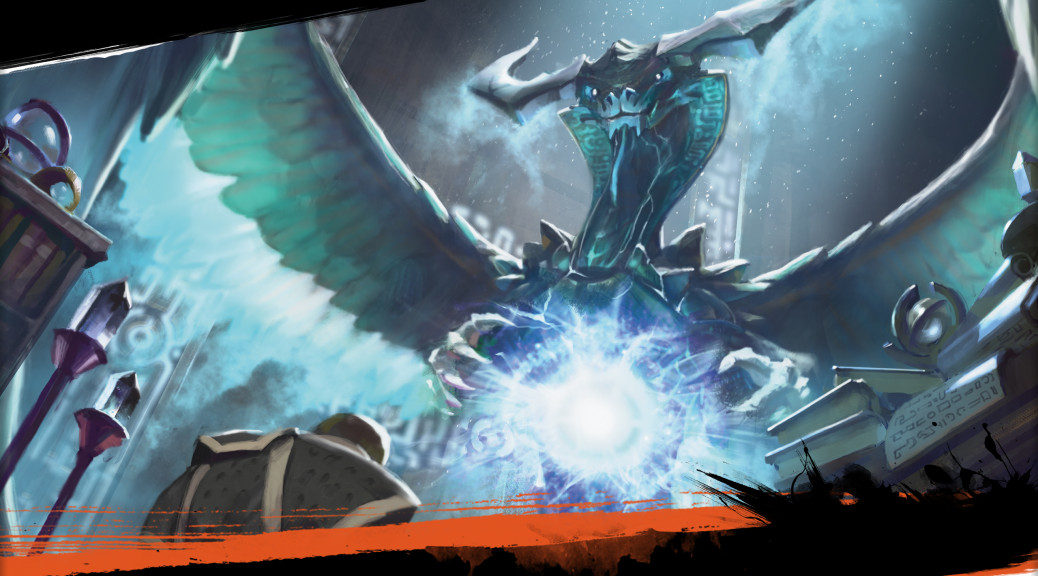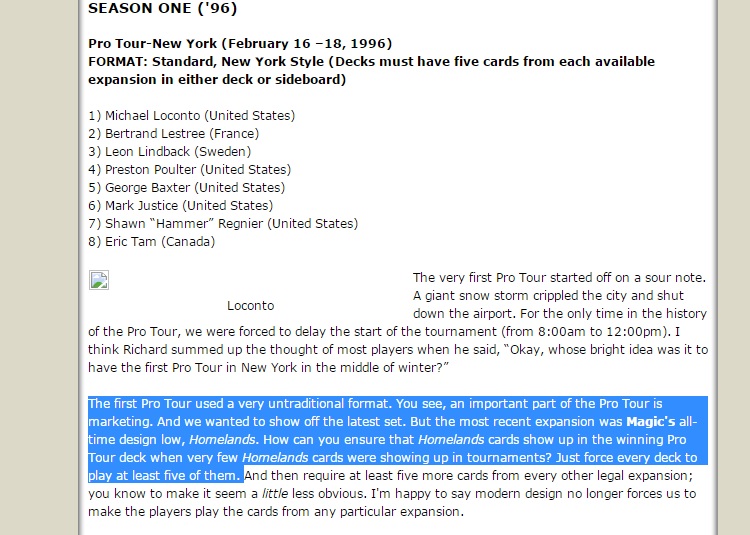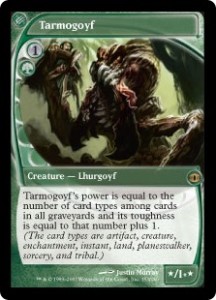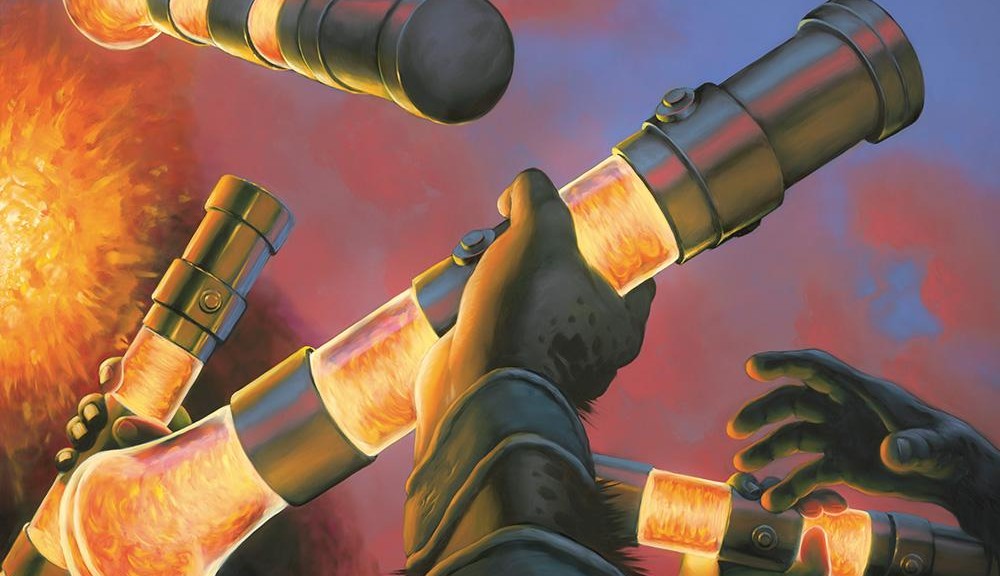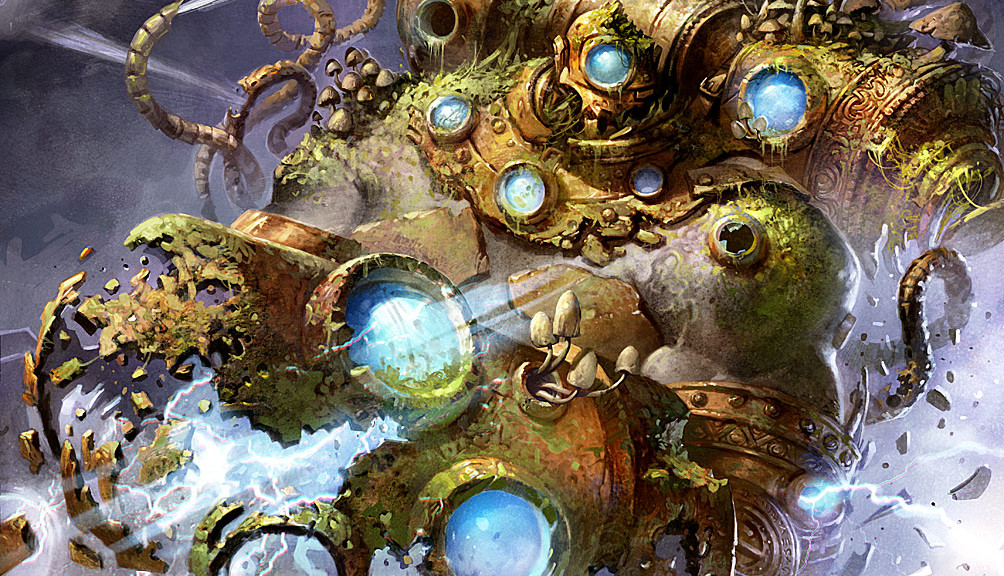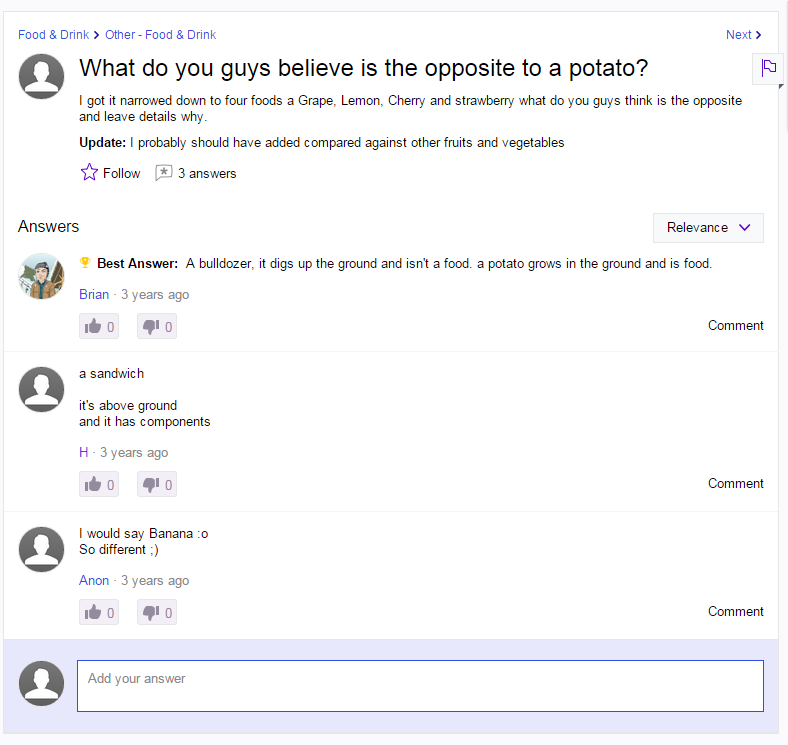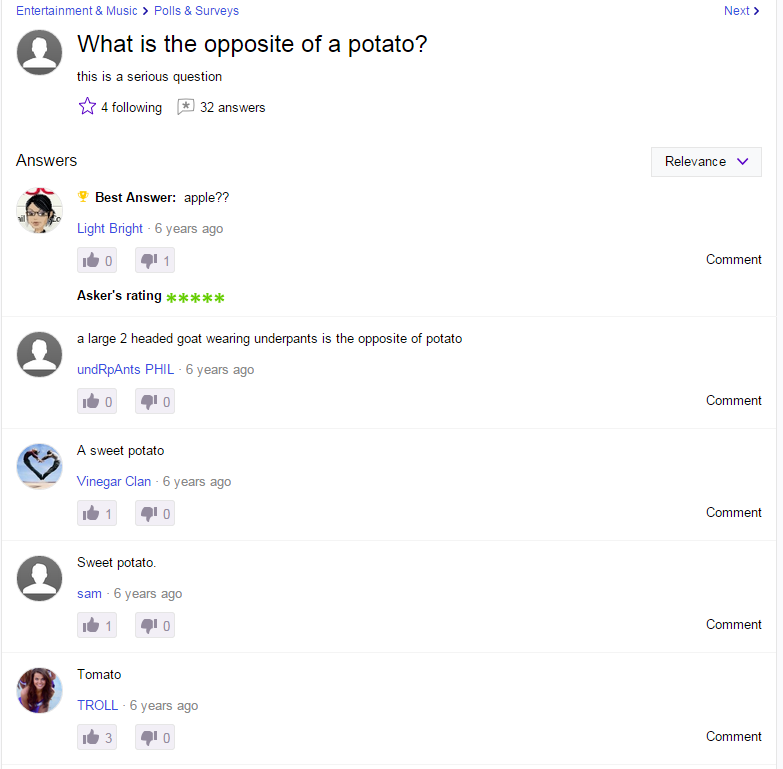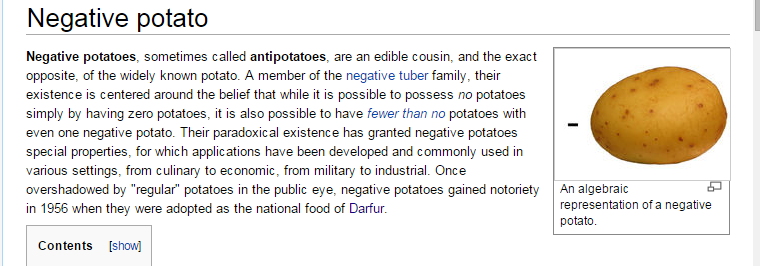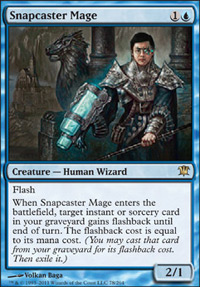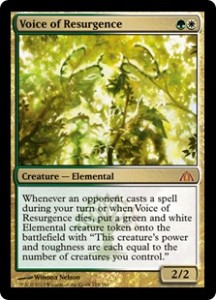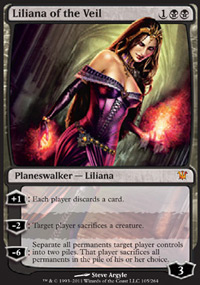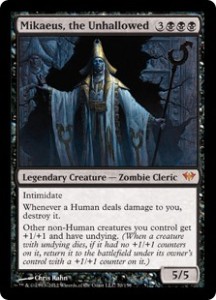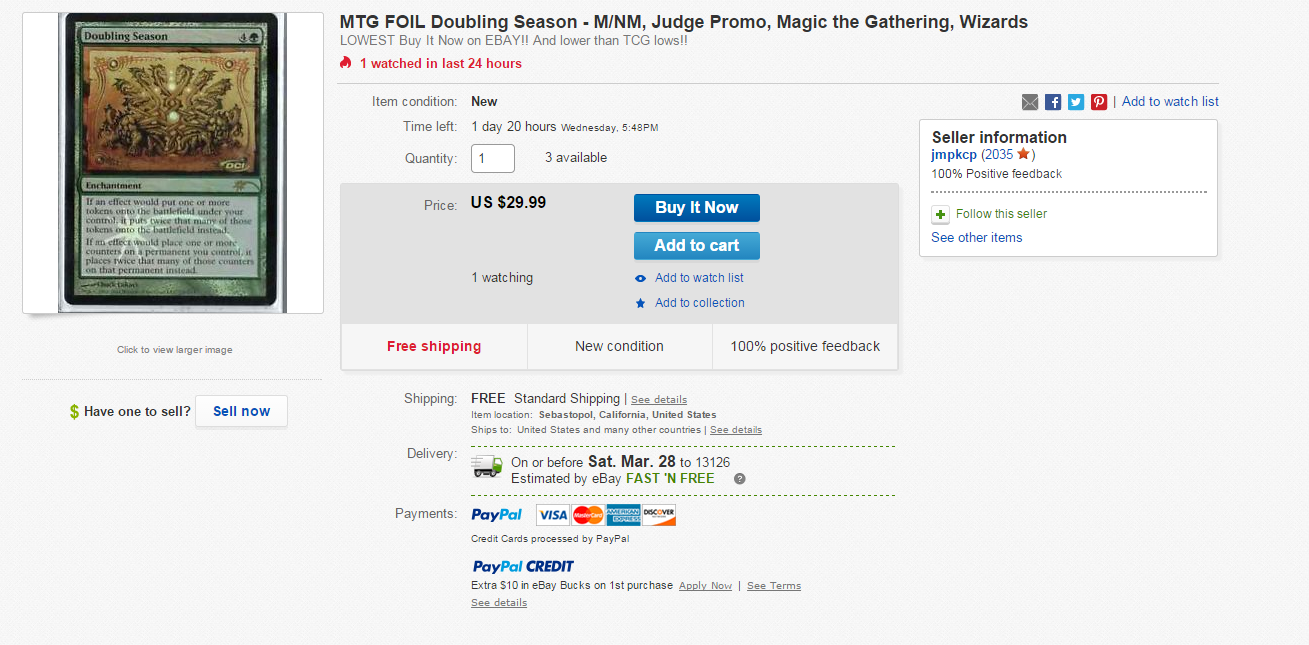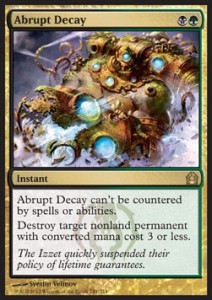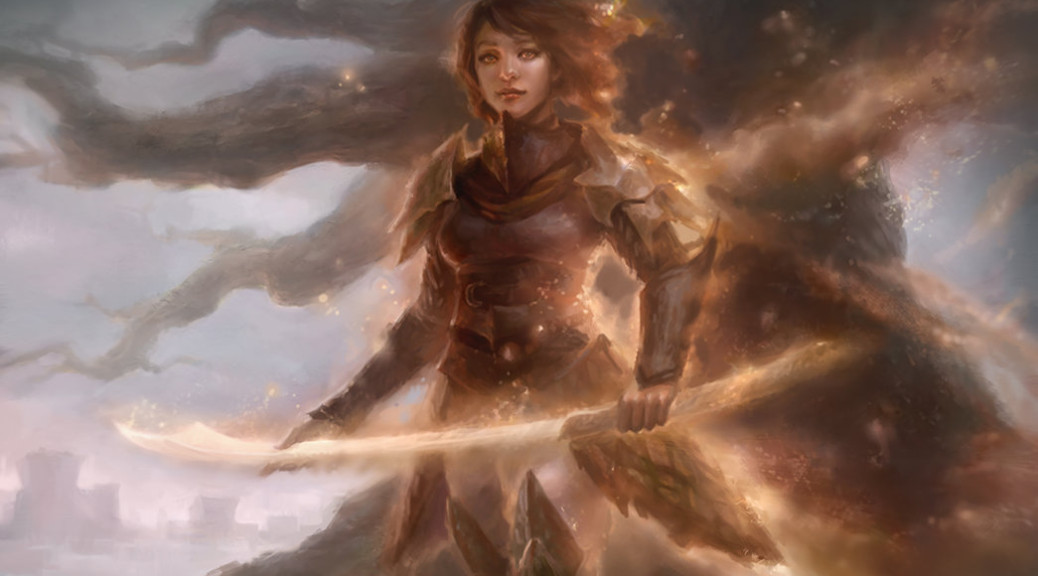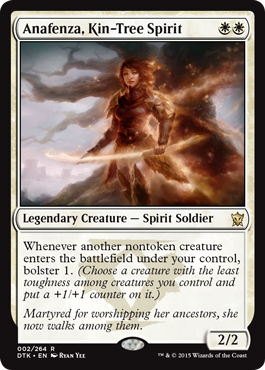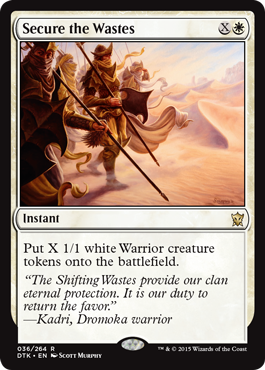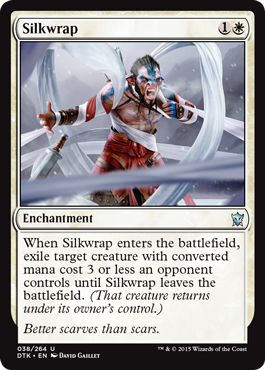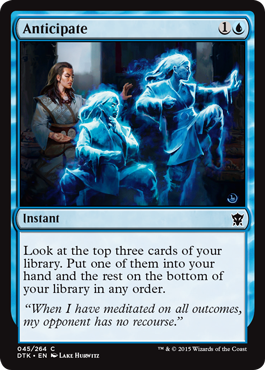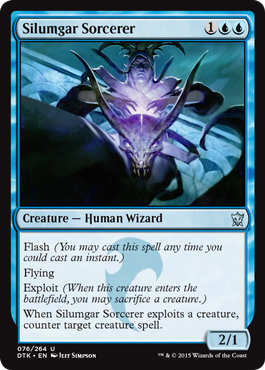Author’s note: Today’s article is not to be treated as a standalone piece, but rather a continuation of last week’s focus. If you have not already, please read last week’s article here.
Do you know why Homelands failed? Part of the reason was that the set was terrible, but most of the sets of that era were pretty bad. The set was also massively overprinted, and compounding this with the fact that, as I mentioned, the set was terrible, caused demand to drop off quickly. But why was it overprinted?
When Alpha was first sent off to print, Wizards made what it thought would be six months’ worth of product. To the company’s delight, it instead sold out in about six weeks. Based on that information, WOTC ran a second, larger printing (Beta), which was intended to last six months. It sold out in one week. Seriously.
Fast forward a year or so, and demand for Magic is surpassing the ability of its printers. Store owners and distributors learned quickly how to play the system: if you wanted six cases of Legends for your store, tell Wizards you want ten or twelve. You wouldn’t get what you actually requested, but you would end up getting the amount you secretly wanted the whole time. As more stores wanted more and more Magic, however, they had to get more aggressive in their estimations.
In between The Dark and Fallen Empires, however, Wizards gained the ability to print on a much larger scale. Fallen Empires had a printing of between 350 and 375 million cards, compared to only 75 million for The Dark. After Fallen Empires was Fourth Edition (when Wizards experimented with new US-based printing companies) and then Chronicles.
In October 1995, Homelands was only the second expert-level expansion to get the big-printing treatment, and stores were still overestimating what they needed to request to get what they wanted. This time, though, most of the stores got exactly what they asked for—unfortunately, what they got was Homelands. Homelands: the set so bad, WOTC had to force people at the pro tour to play cards from it.
Now, in the twenty years since, Wizards has gotten much better at both understanding demand and scheduling printing. Homelands was a failure in many ways and along several metrics. Players hated it because the best card in the entire set was probably Serrated Arrows. Wizards hated it because it didn’t sell well enough, and that’s a key point to understand. There have been cases like Avacyn Restored, where Wizards loved the set because it sold well, but enfranchised1 players hated it. There has also been one case of the opposite happening, which lead to the discovery of the primary focus of our article.
The Invisibles
Here is Mark Rosewater from Drive to Work episode 96:
“…Future Sight had come out. Time Spiral block had come out. And for the first time, we had this weird statistic. Up until Time Spiral came out, we would look at sales and we’d look at tournament organization, like how many people were playing in tournaments, and they tended to be lockstep. Meaning if tournaments were doing well, sales were doing well, and it showed this tight-knit bond between the two.
But Time Spiral did this weird thing that we’d never seen before, in which sales were down but tournament attendance was doing fine. I don’t know if “up” is the correct term, but they were not trending on the same line. And that was very different. We’d never seen that before.
And that’s when we realized—at the time we called them The Invisibles, but the idea was, there are people who play who don’t participate in organized play, that are hard for us to see because they’re not somewhere that we can easily monitor.
But for the first time, because there wasn’t a lockstep between tournament play and sales, we knew that there’s this group that wasn’t being reflected in tournament organization, but was obviously being reflected in sales.”
It’s jarring at first to realize how significant these “Invisibles” are to Magic’s overall sales. Time Spiral, to the enfranchised players, was considered a tremendous success. I know I was personally buying a lot of sealed product and singles during that time, and playing in tournaments at least two to three times a week. If we assume that “Invisibles” are spending less money on Magic per person than enfranchised players, then there have to be so many more of them in existence that they are still able to guide the course of a format’s fiscal success.
In my (brief) time working behind a game store counter, I have encountered some of these “Invisibles.” These are the people who will come to a game store but not bring decks or trades. If you ask them what formats they play (as a kind way to guide and hopefully grow sales), they will either politely or brusquely state some iteration of “We just play for fun” or “We only play at home.”
BRIEF ANECDOTAL ASIDE: I had this interaction with some customers once, and their response was “Oh, we just play Legacy.” “You do?!” My heart skipped a beat—Legacy players are extremely rare in Florida. “Yeah, but just at home, we don’t play in tournaments or with tournament decks.”. My heart LITERALLY shattered.
These are, again in the small sample size of my personal experience, not the players likely to spend serious money at your local game store. They aren’t buying more than enfranchised players in singles, they aren’t paying tournament entry fees, but they love Fat Packs. I think the last time I bought a fat pack it came with a book2. I see people who I’ve never seen at my store before come in, buy some number of Fat Packs, and then leave.
I have to also think a sizable portion of Invisibles are kids. If you first got into Magic when you were young, you or someone you knew likely bought packs from a major retailer and then played some strange interpretation of Magic at school or on the bus. Even though my first exposure to Magic was in grade school, I wasn’t lighting the tournament scene on fire until high school. Oh no: I was an Invisible!
Applying Knowledge
So how can we profit off these rubes? Well, the honest answer is that we probably can’t. However, the more we can learn about them, the better we can predict how their preferences can and will affect the market. When you encounter Invisibles, make sure to present your game store as a friendly and accommodating environment. Offer events or game nights that cater to all types of players, not just the tournament-grinding Spikes. Put a tracking tag on their ears, like endangered species or that computer Professor Xavier has (note: please don’t actually do this).
The truth is, a lot of the presuppositions we apply to “casual players” ought to be more correctly applied to Invisibles. Not every Commander player is going to rush out and build a dragon tribal deck today just because Dragons of Tarkir is available. However, dragons have for a long time been considered a “prestige” creature class, in the sense that inexperienced and disenfranchised players are likely to seek out dragons more than Lhurgoyfs or Splinter Twins. “Dragon” holds a captivating allure to players that are slowly familiarizing themselves with the game, which is why Shivan Dragon was the first real chase rare (that, and creatures were terrible pretty much up until Y2K).
I mentioned Avacyn Restored before, and almost every finance writer on the planet has made some comparative correlation between AVR and DTK.
Avacyn Restored, to players, sucked. However, the set was a huge success to both Wizards and game stores, and the set is considered in finance to be a slam dunk. You know what set Invisibles also liked? Rise of the Eldrazi. I noticed this trend a while ago: my store was selling out of Intro Packs and all the weird pre-con stuff that usually just collects dust. That set has a lot of value tied up in Emrakul and Ulamog, sure, but It That Betrays is also more than $10. That card saw absolutely no legitimate Constructed play, interacts poorly with formats that have singleton restrictions, and is still expensive! Khalni Hydra and Nirkana Revenant are each $15, Lighthouse Chronologist is $10 and freaking Bear Umbra is almost $5! While the value of that set is largely tied to its three headliners (and Linvala), there are plenty of, “No way, really?” prices in there that are based on eclectic demand.
I haven’t done a set review, and a part of the reason why is because so many people do a better job than I could ever hope to. I will, however, be going deep into my thoughts on the set next week.
Here’s a little homework assignment until then (don’t worry, I’ll be doing it too): look at the cards that are valuable in Rise and Avacyn that aren’t the obvious headliners (Emrakul, Avacyn, etc.). Do you see any cards in DTK that resemble them? What kind of effects seem to be popular? Nirkana Revenant feeds a very particular type of strategy with an effect that is not terribly common, but is always popular. See anything like that in Dragons? I’ll report my findings next week, feel free to share yours in the comments below.
Best,
Ross
1 I say “enfranchised” here rather than “competitive” or “casual” because either of those demographics is likely more connected to the game than the “Invisibles.” EDH players will never be on the pro tour, but the enfranchised ones are still moderately to very cognizant of what is going on in the rest of the Magic world.
2 Actually, the last Fat Pack I bought was with my best friend Byron. We opened a Tarmogoyf!
